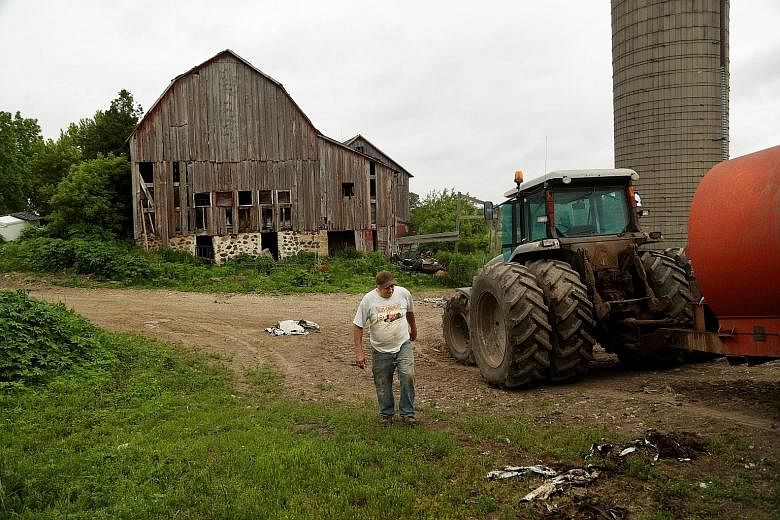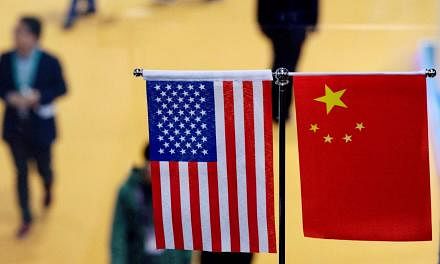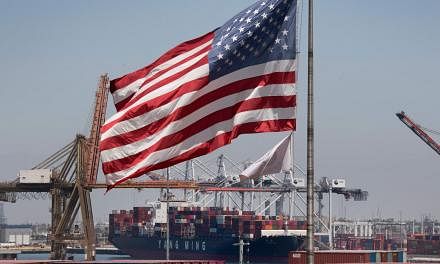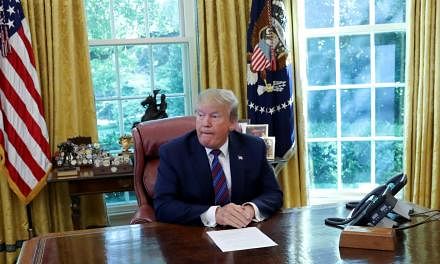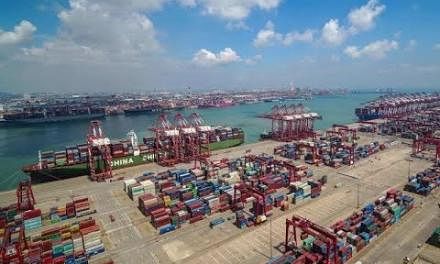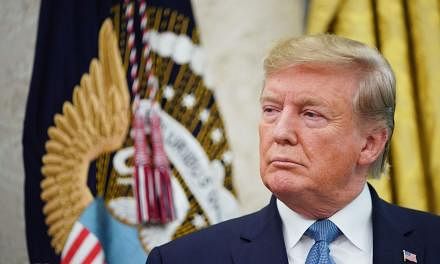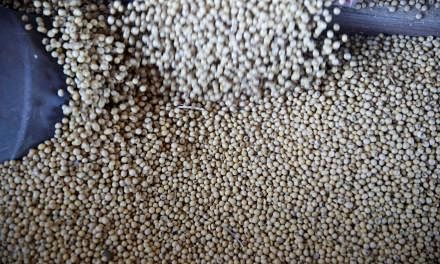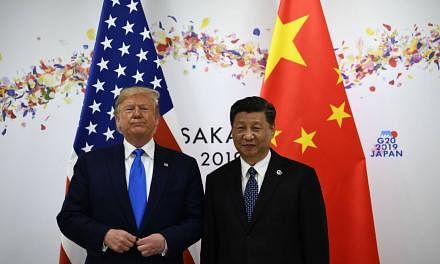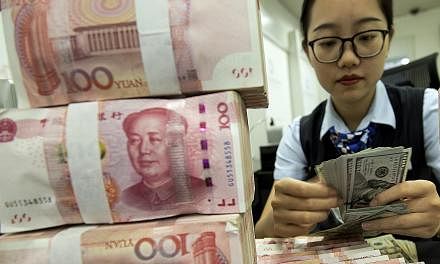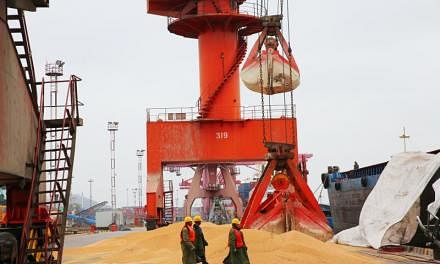WASHINGTON • The United States has unveiled US$16 billion (S$21.9 billion) more in federal aid for agriculture, but while farmers are happy for the funds, they mainly want an end to President Donald Trump's trade wars.
"America's farmers ultimately want trade more than aid," said Mr Zippy Duvall, president of the American Farm Bureau Federation, the largest general farm organisation in the United States. "It is critically important to restore agricultural markets and mutually beneficial relationships with our trading partners around the world."
The fresh aid package comes after last year's US$12 billion tranche for farmers. Agriculture incomes have been depressed in the wake of China's retaliatory tariffs which hurt demand for everything from cotton to pork to soya beans.
For Mr Trump, appeasing his rural-voter base has become crucial ahead of next year's elections.
The second round of aid payments will help shore up farmer incomes and give Mr Trump time to strike a deal with China, Agriculture Secretary Sonny Perdue said on a conference call on Thursday.
US Trade Representative Robert Lighthizer and Treasury Secretary Steven Mnuchin are set to travel to China on Monday for the first high-level, face-to-face trade talks between the world's two biggest economies since discussions broke down in May.
But, in the meantime, farmers are suffering. US farm income dropped 16 per cent last year to US$63 billion, about half the level it was as recently as 2013. Years of overproduction have kept crop prices near historical lows, with the trade spat only adding more pressure.
Elsewhere, rival Brazil has taken advantage of the Sino-US dispute to strengthen its ties with China.
Not only are US farmers wary of the prolonged trade war, but there are also concerns over how the latest aid package was constructed.
The aid uses similar damage criteria as last year's US$12 billion aid package. But rather than funds based on crop type, the new programme sets a per-county rate based on the blend of crops grown in the area, with payments ranging from US$15 to US$150 an acre, or US$37 to US$370 per hectare.
"We harbour some concerns about disparities in payments from county to county, which could put some farmers at a financial disadvantage," said Mr Roger Johnson, president of the National Farmers Union, the second-largest US general farm group.
Ms Debbie Stabenow, the top-ranking Democrat on the Senate Agriculture Committee, echoed the criticism. "Bottom line - it's not fair," she said.
Agricultural markets largely took the announcement in stride, given that the aid package is designed to avoid distorting planting decisions.
The new payments will be based on the shortfall in exports of each crop compared with the highest year of exports over the past decade, said US Department of Agriculture chief economist Robert Johannson.
Last year's payments were based on the shortfall in exports compared with 2017, so this tranche may end up being more generous.
Overall trade aid is capped at US$500,000 per person.
With aid flowing to farmers, Mr Trump has avoided erosion of his political support in rural areas. Last month, 54 per cent of rural voters approved of his job performance versus a national approval rating of 42 per cent, according to a Gallup survey of 701 self-identified rural voters.
BLOOMBERG
